Susquehanna Heritage Drums Up Support for National Heritage Area Designation for the Susquehanna River
Photo Above: The Zimmerman Center is one of two locations Susquehanna Heritage operates along the river as centers for education and outreach. It also acts as headquarters for Susquehanna Heritage.
The Susquehanna River is part of a complex ecosystem, and, much like the river, the individuals, groups, and organizations who work to promote and protect the Susquehanna are part of their own complex ecosystem: a human ecosystem. Despite seemingly different short-term goals and objectives, all members of this ecosystem strive toward a similar end vision for the Susquehanna River. At least this is the philosophy that guides Jonathan Pinkerton, Vice President of Susquehanna Heritage. Susquehanna Heritage is a 501(c)3 non-profit group working to manage the Susquehanna Riverlands State Heritage Area.
The Susquehanna Riverlands is a state designated Pennsylvania Heritage Area that consists of the Susquehanna River corridor running through York and Lancaster counties. Susquehanna Heritage was formally founded in 2001, after several years of planning, to manage and implement the vision for the Riverlands. It was at this stage that Susquehanna Heritage President Mark Platts and Pinkerton, both city planners by trade, joined the organization.
Both Platts and Pinkerton were attracted to the project as an open canvas through which they could make a beneficial impact on the Susquehanna River and its surrounding communities.
“One of the specific things that caught my interest was the Susquehanna.” Pinkerton says. “The fact that there was local support for it, state support for it, and increasingly national support for it – I was excited looking at how things could improve”. Platts, a native of York, shares this belief. For Platts, the job was an opportunity to come back home and make a positive difference.
“We’re not just transportation planners. We’re not just land-use planners. We’re looking at the broad landscape and the community and figuring out what’s good about it and how we can make it better,” Platts says. Much of these ideas underline Susquehanna Heritage’s vision, which according to Platts, is to connect people with the river.
“The potential exists here, if we preserve the right places, enhance the right places, and promote it the right way to create a destination for people to come and both immerse themselves in history and access the outdoors in fun ways – through trails, parks, and preserves,” said Platts.
The next major step in achieving this vision is attaining the designation of a National Heritage Area.

The Zimmerman Center offers visitors and the Susquehanna Heritage team a beautiful view of the Susquehanna.
The decision to pursue a National Area Heritage designation began in 2008. “As we became more established as a Pennsylvania Heritage Area we wanted to get more resources and elevate the identity of the Susquehanna,” explains Platts.Unlike PA Heritage Areas – a designation granted by the governor – National Heritage Areas are created by an act of Congress. “It’s a much more challenging process,” Platts says.
There are currently 49 National Heritage Areas across the United States, the first of which was designated by President Ronald Reagan in 1984. National Heritage Area designation will give Susquehanna Heritage and the Susquehanna Riverlands nationwide recognition, access to assistance from the National Park Service, and a share of existing National Heritage Area funding.
According to Susquehanna Heritage, “A National Heritage Area will boost visibility and visitation to our region, promote the Susquehanna River as a national destination for heritage and outdoor recreation, help our communities harness the economic power of visitors, create jobs, and improve our quality of life.”
Pinkerton believes the National Heritage Area designation can also benefit other organizations working on the Susquehanna River and help foster cooperation between them. “We can’t continue to stay within our little confines,” Pinkerton says. “Protecting a resource like the Susquehanna is going to require cooperation, and the National Heritage designation can help us help others even more.”
Until recently, attempts to have the Susquehanna Riverlands designated as a National Heritage Area have been met with disappointment. Previous attempts to introduce bills never made it out of committee. However, in June 2018, a bill drafted by Rep. Lloyd Smucker, the Susquehanna National Heritage Area Act, was passed by the U.S. House of Representatives by a vote of 373 to 9. That bill is now in the Senate waiting for approval. The Senate has until December 14 to pass the bill; after this, the 115th Congress will adjourn and a new Congress will begin in January 2019. If the bill isn’t passed, it will need to be re-introduced and the process must be started all over again.
Despite this, Susquehanna Heritage is optimistic. “We’re in the best position we’ve ever been in,” Pinkerton says.
At this point, the best way for communities and organizations supporting the Susquehanna River to help, says Platts, is by writing to Pennsylvania Senators Bob Casey and Pat Toomey. Pinkerton, too, believes in the power of the grassroots approach. He believes we can help Susquehanna Heritage not only by contacting our Senators and state representatives, but by simply talking with and educating other community members about the River and the importance of a National Heritage Area designation.
If you’d like to contact Senators Casey or Toomey to express your support for the congressional designation of the Susquehanna National Heritage Area:
Contact U.S. Senator Bob Casey
Contact U.S. Senator Pat Toomey
For more information on Susquehanna Heritage’s work to achieve National Heritage Area designation for the Susquehanna Riverlands:
http://www.susquehannaheritage.org/about-us/our-work/national-heritage-area-designation/
- In “The Restorers,” the Susquehanna River Takes on a Life of its Own - June 12, 2019
- Schaeffer: Securing Financial Stability for the Commission Is Key - April 15, 2019
- Arway: Do Your Duty and Fear No One - April 2, 2019



